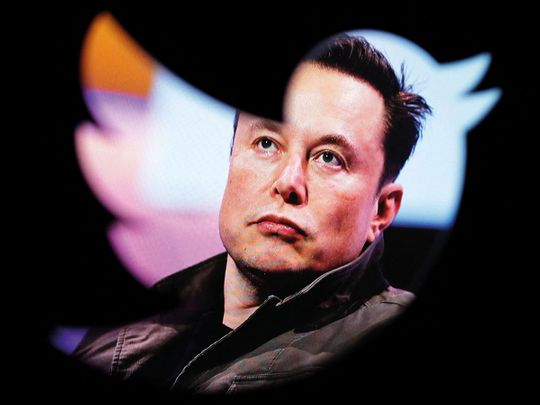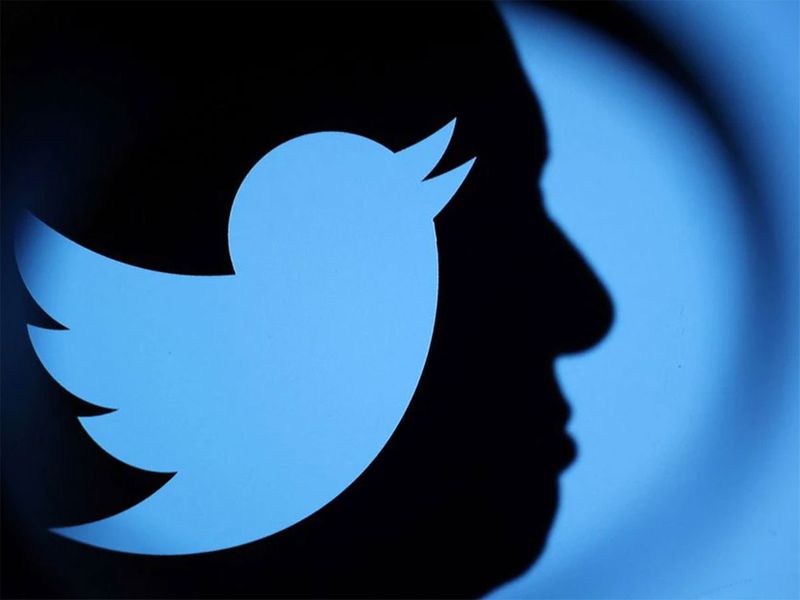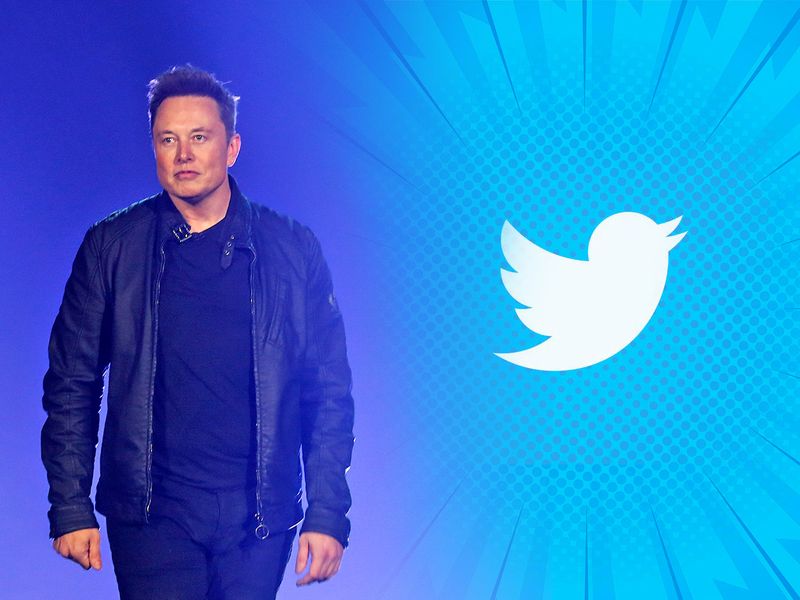
Twitter’s announcement of a paid blue tick handle at $7.99 a month seems to have thrown worldwide twitterati into a tizzy.
Paid verification, especially to the privileged bearers of little blue check beside their twitter profiles, seems insulting, outrageous, unfair—just another of maverick entrepreneur and owner, Elon Musk’s multiple humiliations meted out upon them. So high is the sense of entitlement of those who have the blue tick that they consider it preposterous that they should have to pay for verification.
To be perfectly honest, I share—or shall I say—used to share that glow of power and sense of entitlement conferred by the tiny blue check till a couple of months back. Unfortunately, I was de-platformed just a few weeks before the Musk takeover. My story illustrates the myriad problems that plague Twitter, which Musk must endeavour to overcome if the medium is really to be transformed into a credible, reliable global source of information and views.
The fact is that in its previous avatar, twitter was thought to be a highly prejudiced and slanted platform. It would appear that those whose views were considered unfavourable were routinely targeted and harassed.
How I was chosen for such treatment remains a mystery because I never once violated Twitter’s stated code of conduct, nor was I ever accused of doing so. What is more, with my over fifty books, 185 academic papers, and thousands of articles in newspapers and magazines, I had the blue tick from early on after I had opened an account.

In fact, I was on Twitter primarily to share my work with a wider audience after several of my friends complained that they had no access to some of the publications that carried my op-eds. Posting everything in one place seemed a convenient way to reach out to those who were interested in my views.
Over time, however, I did find myself dragged into debates, exchanges, and polemics, besides being targeted or attacked. Being trolled was a highly unpleasant, albeit novel, experience.
Over time, I realised that social media brought out some of the worst parts of peoples’ personalities—the anger, jealousy, hatred, rancour, bitterness, desire to demolish or at least dominate others, the compulsion to seek revenge or retaliate against opponents. And so on.
Social media afforded just the degree of anonymity to shoot and scoot or hit and run. The monster within was easily unleashed because identification and answerability were limited. What is more, it was addictive, with the user’s punishment and reward brain circuits constantly stimulated.
That is why verified handles were essential to distinguish responsible and respected handles from ordinary users. But I found that several verified handles also indulged in intemperate slugfests on Twitter, leading to acrimony, resentment, even loss of friends and followers.
Worse, many of the most active “tweeple” were simply non-existent—they were computer generated bots, who could be commanded to take down targets, create trends, and spew hatred or propaganda.
With paid or promoted accounts, the number of followers could swell into millions within a few weeks, something quite impossible if each and every account on twitter had a real and verifiable human being behind it.

I therefore welcomed the opportunity to verify my account again. However, when I supplied my phone number, the promised verification OTP never came.
I tried a couple of times more, but soon I found that my account was frozen. After a number of complaints, in which I never got through to a real human being, and endless filling out of e-forms from the Twitter help section, I discovered that another handle had been created with my email id.
Cleaning up Twitter
It took two months to take down that handle, which had zero followers or tweets, to change the email id on it, and to regain control of my account. When my handle was restored, my followers and those I followed were missing. Yes, the blue tick too was gone.
After some more complaints, those I was following and those who were following me reappeared. But despite numerous tweets and complaints, the blue tick was not.
What are the lessons to be learned from this experience? First of all, every single handle should be verified. Twitter should be an exchange between real people, not a medium controlled by fake accounts or algorithms.
Real people, moreover, should be held accountable for their views if they break the law or violate the platform policies. Cleaning up Twitter would be Musk’s greatest contribution to social media.
Paying for a blue tick would be far preferable to allowing unscrupulous elements, commercial and political interests, or paid influencers to take control and mislead the news and sensation hungry populace at large. Responsible tweeting and the safeguarding of freedom of speech are goals worth paying for.
If so, why not charge for the blue tick just as for any service or privilege, including a newspaper subscription or a club membership?
As far as I am concerned, however, my anger or outrage over the injustice of being shut down or losing the blue tick without cause or due process has abated considerably.
I do want to see justice done, but if not, I can at least take solace in a certain sense of poetic justice, even satisfaction, over the fact that everyone else will also lose their blue tick status or have to pay to keep it. Just as I would have to.









